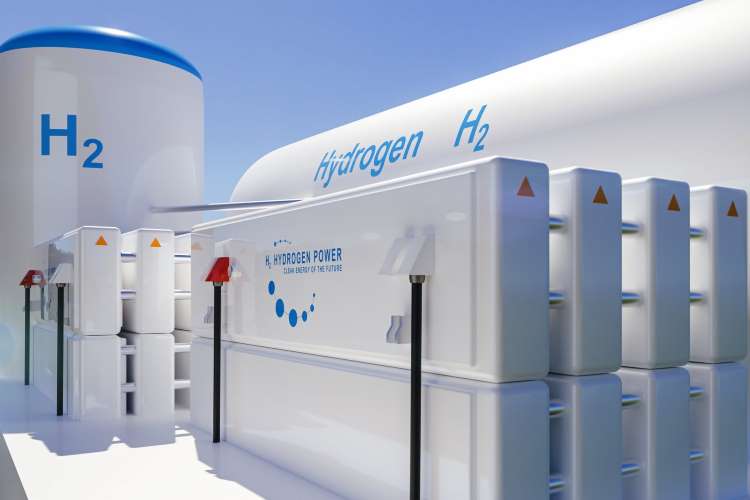The world has made remarkable progress in its quest for clean energy sources with green hydrogen projects with a capacity of 134GW are expected to be commissioned by 2030. But this impressive figure is just a sixth of the required capacity needed at the turn of the decade for the world to achieve net-zero emissions by 2050, says a report by the International Energy Agency.
Most of the green hydrogen projects are at advanced planning stages. Only 4% of them are under execution or have tied up investment. The sector is plagued by uncertainties about future demand, absence of regulatory frameworks and adequate hydrogen-delivery infrastructure. The projected green hydrogen output in 2030 is less than a sixth of the current demand. But the good news is that the capacity of announced green hydrogen projects more than doubled in the last one year.
The 134GW capacity would be enough to produce 9-14 million tonnes of green hydrogen per year. But hydrogen demand in 2021 was 94 million tonnes, equivalent to 2.5% of global energy consumption. If early-stage projects are brought into the equation, the 2030 figure could go up to 240GW, according to Global Hydrogen Review 2022.
Most of the current demand for hydrogen is met by grey hydrogen, produced from natural gas, using steam methane reformation. The review says 7-10 million tonnes of blue hydrogen also would be produced annually by 2030. Blue hydrogen is produced the same way as grey hydrogen, but the emitted carbon is captured and stored.
READ I Green hydrogen is becoming a viable alternative to fossil fuels
Good news on green hydrogen front
The report lists some early success: Announcements of new steel projects using green hydrogen are coming thick and fast. the first fleet of hydrogen fuel cell trains in Germany has been commissioned, more than 100 pilot shipping projects using hydrogen are launched, and countries and companies are signing strategic partnerships to secure green hydrogen.
Power projects using hydrogen and ammonia with a capacity of 3.5 GW has been announced. The IEA project that 850GW green hydrogen capacity would be needed in the next eight years for the world to be on track for its 2050 net-zero emissions target.
Large-scale production of green hydrogen will require electrolysers. The global production capacity of electrolysers is around 8 GW per year. It could reach 60 GW a year by 2030, enough to meet the current targets of deployment. The project pipeline is expected to grow in the coming years, but the industry will need early support to survive early uncertainties.
Green hydrogen could compete with fossil fuels in the current market conditions. But geopolitical crisis such as the Russian invasion of Ukraine may lead to uncertainties. If manufacturers manage to scale up according to plan, electrolyser prices could fall by up to 70% by the turn of the decade. This along with a fall in the prices of renewable energy could bring the price of green hydrogen to $1.3-4.5 per kg of hydrogen.
The energy crisis faced by the world, especially Europe, highlights the importance of stepping up investment in green hydrogen. Hydrogen can improve energy security by reducing the world’s dependence on fossil fuels.
A robust market for green hydrogen is key to the future of energy importing areas like Europe and Asia. The advantage with hydrogen is that the existing pipeline network that transmits natural gas can be used to transmit hydrogen. This will reduce the investment needs by more than a half.
The increase in oil and gas prices in the aftermath of the Russian invasion of Ukraine would encourage new investments in green hydrogen. The nations should put in place policies and tax breaks to encourage clean energy projects. Several developed and emerging economies have already taken steps to ensure a clean energy transition.
There is also a need for captive production of hydrogen by some of the most polluting industries such as steel and cement. Large levels of decarbonisation can be achieved in both surface transport and shipping. The nations should forge a global partnership for hydrogen trade by removing tariff and non-tariff barriers to the movement of this important commodity.

